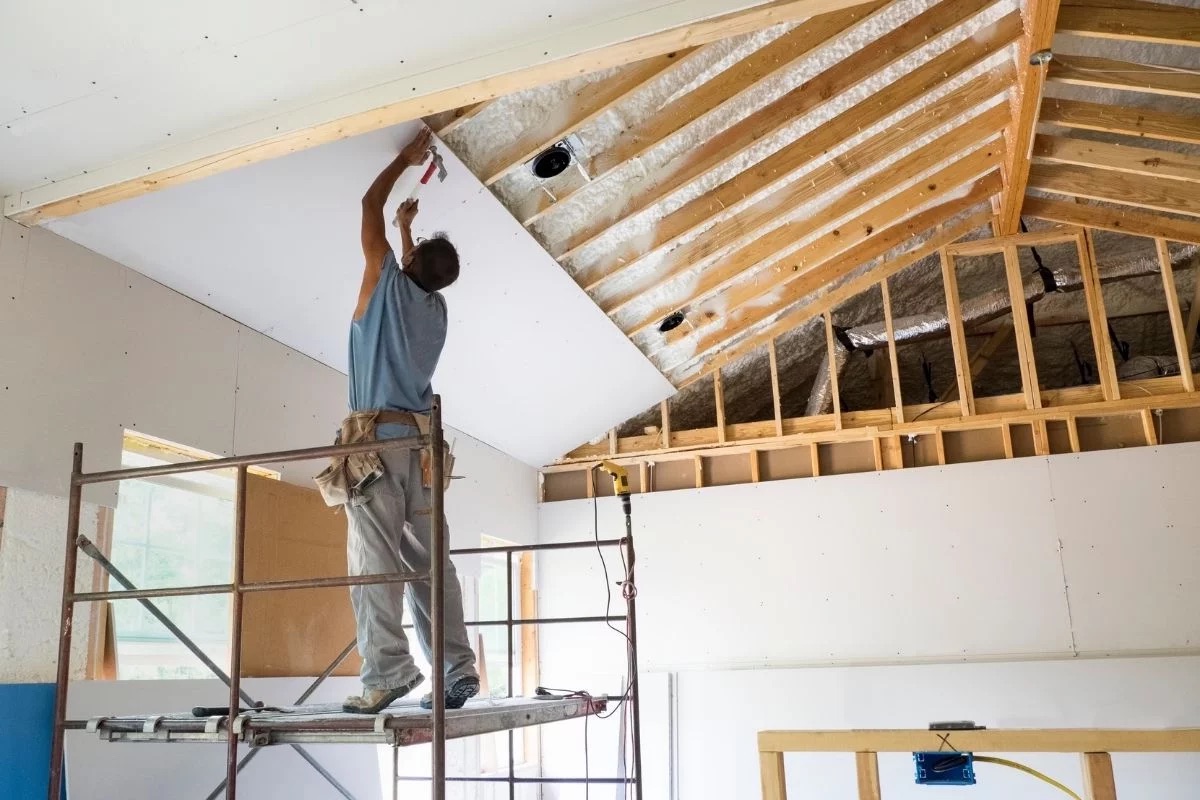

Articles
How Much Does It Cost To Replace Ceiling
Modified: August 28, 2024
Learn about the cost of replacing a ceiling and find helpful articles on ceiling replacement. Get estimates and budget your project effectively.
(Many of the links in this article redirect to a specific reviewed product. Your purchase of these products through affiliate links helps to generate commission for Storables.com, at no extra cost. Learn more)
Introduction
Replacing a ceiling is a home renovation project that may become necessary due to various reasons. Whether it’s due to water damage, structural issues, or simply a desire to update the look of a room, understanding the cost involved in ceiling replacement is crucial. The cost will depend on several factors, including the type of ceiling material, labor costs, and any additional expenses related to the project.
In this article, we will explore the various factors that can affect the cost of ceiling replacement, the different types of ceiling materials and their costs, the labor charges involved, and any additional costs that need to be considered. Additionally, we will discuss the pros and cons of doing the project yourself versus hiring a professional. By the end of this article, you will have a better understanding of the average cost of ceiling replacement and be better equipped to make informed decisions about your renovation project.
Key Takeaways:
- Understanding the factors affecting the cost of ceiling replacement, such as size, material type, and labor, is crucial for accurate budgeting and informed decision-making.
- Balancing cost and quality is essential when considering DIY versus hiring a professional for ceiling replacement. Careful planning and research can lead to a successful and aesthetically pleasing outcome.
Read more: How Much Does Ceiling Repair Cost
Factors Affecting the Cost of Ceiling Replacement
When it comes to the cost of ceiling replacement, there are several key factors that can influence the overall price of the project. Understanding these factors will help you estimate the expenses involved and make appropriate decisions. Let’s take a look at some of the main factors:
- Size of the Ceiling: The size of the ceiling is a significant factor in determining the cost. Larger ceilings will require more materials and labor, resulting in higher costs.
- Material Type: The choice of ceiling material will have a significant impact on the cost. Different materials, such as drywall, plaster, or acoustic tiles, vary in price. More high-end or specialized materials will also be more expensive.
- Complexity of the Project: Ceilings with intricate designs or shapes will require more time and skill to replace, which will increase labor costs.
- Removal of Existing Ceiling: If there is an existing ceiling that needs to be removed before the replacement, the cost will be higher due to the extra labor involved.
- Additional Repairs: If the ceiling replacement project uncovers any underlying issues or damage that needs to be addressed, such as electrical work, structural repairs, or water damage repair, these additional repairs will add to the overall cost.
- Location: The location of your home can impact the cost due to different factors such as local labor rates, permit fees, and accessibility.
It’s important to consider these factors when estimating the cost of ceiling replacement. Keep in mind that each project is unique, and additional factors specific to your situation may also affect the cost. It’s advisable to consult with a professional contractor to get a more accurate estimate based on your specific requirements and circumstances.
Types of Ceiling Materials and Their Costs
When it comes to ceiling replacement, there are various materials available, each with its own advantages, disadvantages, and associated costs. Understanding the different types of materials will help you make an informed decision based on your budget and desired aesthetic. Here are some common ceiling materials and their costs:
- Drywall: Drywall is one of the most popular and cost-effective materials for ceiling replacement. It is relatively easy to install and provides a smooth and seamless finish. The cost of drywall typically ranges from $0.50 to $0.80 per square foot, excluding installation.
- Plaster: Plaster ceilings offer a more traditional and elegant look. However, they require a skilled craftsman for installation and can be more expensive. The cost of plaster ceilings can range from $2 to $5 per square foot, excluding installation.
- Acoustic Tiles: Acoustic tiles, also known as drop or suspended ceilings, are popular for their sound-absorbing properties. They are relatively affordable and come in various styles. The cost of acoustic tiles ranges from $1 to $3 per square foot, excluding installation.
- Tongue and Groove Wood: Wood ceilings can add warmth and a natural aesthetic to a room. Tongue and groove wood is installed by interlocking the boards, creating a seamless look. The cost of tongue and groove wood can range from $2 to $5 per square foot, excluding installation.
- Metal: Metal ceilings, such as tin or aluminum, are known for their durability and unique decorative patterns. They can be more expensive due to the cost of materials and labor. Typically, metal ceilings range from $5 to $15 per square foot, excluding installation.
It’s important to note that these cost estimates are just rough averages and can vary based on factors such as your location, the complexity of the project, and the specific materials chosen. Additionally, the costs mentioned do not include installation charges, which can vary depending on the contractor and region. To get an accurate estimate for your ceiling replacement project, it’s recommended to consult with professionals and gather multiple quotes.
Labor Costs for Ceiling Replacement
The labor costs associated with ceiling replacement can vary depending on factors such as the complexity of the project, the chosen materials, and the location of your home. Hiring a professional to handle the installation ensures a high-quality result, but it comes with additional expenses. Here are some factors that can affect labor costs for ceiling replacement:
- Skill Level: The skill level required to replace a ceiling can impact the labor costs. More complex installations, such as intricate designs or specialized materials, may require a highly skilled contractor, resulting in higher labor charges.
- Removal of Existing Ceiling: If there is an existing ceiling that needs to be removed before the replacement, it will require additional labor and increase the overall cost.
- Accessibility: Ceilings in hard-to-reach areas or rooms that require additional precautions (e.g., working at higher heights) might require more time and effort, resulting in higher labor costs.
- Additional Repairs: If the ceiling replacement project uncovers any underlying issues or damage that needs to be repaired, the labor costs will increase accordingly.
- Geographic Location: Labor rates can vary from one region to another. Areas with a higher cost of living or higher demand for skilled labor may have higher labor costs for ceiling replacement.
It’s important to obtain multiple quotes from different contractors in your area to get a better understanding of the labor costs specific to your project. This will help you compare prices and choose a contractor that meets your budget and requirements.
Remember, while DIY ceiling replacement may seem like a cost-effective option, it’s important to consider your level of skill and expertise. Improper installation can lead to costly mistakes and compromises in safety and quality. Hiring a professional, even with the additional labor costs, ensures a properly installed and long-lasting ceiling.
Consider the size of the ceiling, materials needed, and labor costs when budgeting for a replacement. Get multiple quotes from contractors to compare prices.
Additional Costs to Consider
When planning for a ceiling replacement project, it’s crucial to consider not only the cost of materials and labor but also any additional expenses that may arise. These additional costs can vary depending on the specific circumstances of your project. Here are some common factors to consider:
- Permits and Inspections: Depending on your location and the complexity of the project, you may need to obtain permits from your local government. Permit fees can add to the overall cost of the project. Additionally, some jurisdictions require inspections to ensure compliance with building codes.
- Disposal of Debris: If your ceiling replacement involves removing an existing ceiling, you will need to consider the cost of disposing of the debris. Renting a dumpster or hiring a waste removal service may incur additional expenses.
- Electrical and Lighting: If you plan to make changes to the electrical components or lighting fixtures in conjunction with the ceiling replacement, you will need to budget for the cost of hiring an electrician and purchasing new fixtures.
- Painting and Finishing: After the ceiling replacement is complete, you may choose to paint or finish the new ceiling. The cost of paint, primer, and any necessary supplies should be factored into your budget.
- Furniture and Room Preparation: Prior to the ceiling replacement, you may need to move furniture, cover or protect belongings, and make necessary arrangements for the project. These costs should be considered in terms of both time and materials.
- Temporary Living Arrangements: In certain cases where the ceiling replacement affects a crucial living area, such as a bedroom or kitchen, you may need to make temporary living arrangements during the project. This could include hotel stays, eating out, or other accommodations.
By accounting for these additional costs, you can ensure a more accurate estimation of the overall budget required for your ceiling replacement project. It’s essential to plan ahead and account for these expenses so that there are no surprises along the way.
Read more: How Much Does It Cost To Replace A Sink
DIY vs Hiring a Professional
When it comes to ceiling replacement, one important decision to make is whether to undertake the project yourself or hire a professional contractor. Both options have their advantages and considerations, and it’s essential to weigh them carefully before making your decision.
DIY Ceiling Replacement:
Opting for a do-it-yourself approach can save you money on labor costs but requires a certain level of skill, experience, and time commitment. Here are some factors to consider if you’re thinking about tackling the project on your own:
- Cost Savings: One of the main advantages of DIY is the potential cost savings on labor. By handling the installation yourself, you can avoid hiring a professional contractor.
- Flexibility and Control: DIY allows you to have complete control over the project, from choosing the materials to setting your own timeline. You can work at your own pace and make adjustments along the way.
- Learning Experience: Taking on a ceiling replacement project yourself can be a valuable learning experience. It gives you the opportunity to acquire new skills and knowledge that can be useful for future projects.
However, it’s important to note that DIY may not be suitable for everyone. Ceiling replacement can be a complex and labor-intensive task, especially if there are underlying issues, intricate designs, or specialized materials involved. Without the necessary experience and skill, you risk making costly mistakes or compromising the quality of the installation.
Hiring a Professional:
If you decide to hire a professional contractor, you benefit from their expertise, experience, and the assurance of a high-quality result. Here are some reasons why hiring a professional may be the right choice:
- Expertise and Skill: Professional contractors have the knowledge, experience, and equipment required to handle ceiling replacements efficiently and effectively. They can ensure proper installation and address any underlying issues that may arise.
- Time and Convenience: Hiring professionals saves you time and effort. They handle all the aspects of the project, including obtaining permits, sourcing materials, and completing the installation within a specified timeframe.
- Quality Assurance: Professionals guarantee a high-quality result that meets building codes and industry standards. They have access to better resources and can provide warranties or guarantees on their work.
However, it’s essential to carefully choose a reputable and qualified contractor. Research and gather multiple quotes, check references, and review their portfolio to ensure you’re hiring a reliable professional who suits your budget and requirements.
In the end, the decision between DIY and hiring a professional depends on your skill level, comfort level with the project complexity, available time, and budget. Assess your capabilities and project requirements before making a choice that aligns with your needs and ensures a successful ceiling replacement.
Average Cost of Ceiling Replacement
The average cost of ceiling replacement can vary significantly depending on factors such as the size of the ceiling, the type of materials used, any additional repairs needed, and the region where you live. While it’s challenging to provide an exact cost without specific project details, we can provide some general estimates to help you get an idea of the potential expenses involved.
On average, the cost of ceiling replacement ranges from $3 to $7 per square foot, including materials and labor. This estimate includes the cost of removing the existing ceiling, repairing any underlying issues, and installing the new ceiling material. However, keep in mind that these are rough averages, and the actual cost can be higher or lower depending on the factors mentioned above.
For a 200-square-foot room, the total cost may range from $600 to $1,400, excluding any additional costs such as permits, lighting fixtures, or disposal of debris. It’s important to obtain multiple quotes from reputable contractors to get a more accurate estimate based on your specific project requirements.
Remember that while it may be tempting to cut costs by opting for cheaper materials or DIY installation, it’s crucial to consider the long-term durability and quality of the ceiling. High-quality materials and professional installation can ensure a more aesthetically pleasing and durable result, which can save you money on potential repairs or replacements in the future.
Furthermore, it’s essential to budget for any additional costs that may arise during the project, such as permits, electrical work, or temporary living arrangements if necessary. By accounting for these factors upfront, you can better plan your budget and avoid any unexpected financial surprises.
Lastly, it’s important to note that prices can vary based on your location and the local market conditions. Labor rates, material costs, and other factors can differ from one region to another. Consulting with local contractors or professionals in your area will give you a more accurate estimate of the average cost of ceiling replacement specific to your location.
Overall, understanding the average cost of ceiling replacement and considering the different factors involved will help you plan your budget effectively and ensure a successful and satisfactory ceiling replacement project.
Conclusion
Replacing a ceiling can be a significant home renovation project, and understanding the cost involved is essential for proper planning. Throughout this article, we have explored various factors that can affect the cost of ceiling replacement, including the size of the ceiling, the chosen materials, additional repairs, and labor costs. We have also discussed different types of ceiling materials and their associated costs, as well as the considerations when deciding between DIY and hiring a professional.
When estimating the cost of ceiling replacement, it’s important to consider all the factors unique to your project. Obtain multiple quotes from reputable contractors in your area and factor in any additional expenses such as permits, electrical work, disposal of debris, and various preparations required before the project begins. By doing so, you can ensure a comprehensive and accurate budget.
While cost is an important consideration, it’s essential to strike a balance between budget and quality. Investing in high-quality materials and professional installation can result in a durable and visually-pleasing ceiling that will stand the test of time. Additionally, hiring a professional ensures expertise and reduces the risk of costly mistakes.
Ultimately, the decision to replace your ceiling and the approach you take depends on your individual circumstances, skill level, and budget. Whether you choose to go the DIY route or hire a professional, weigh the pros and cons carefully based on the complexity of the project, your experience, and time constraints.
By considering all these factors and making informed decisions, you can achieve a successful ceiling replacement project that not only enhances the aesthetics of your space but also adds value to your home. Don’t hesitate to consult with professionals and gather multiple quotes to ensure that you have accurate estimates and can proceed with confidence.
Remember, each ceiling replacement project is unique, and the costs can vary significantly depending on your specific circumstances. Careful planning, budgeting, and research will help you navigate the process smoothly and achieve a beautiful, functional, and durable ceiling for your home.
Frequently Asked Questions about How Much Does It Cost To Replace Ceiling
Was this page helpful?
At Storables.com, we guarantee accurate and reliable information. Our content, validated by Expert Board Contributors, is crafted following stringent Editorial Policies. We're committed to providing you with well-researched, expert-backed insights for all your informational needs.

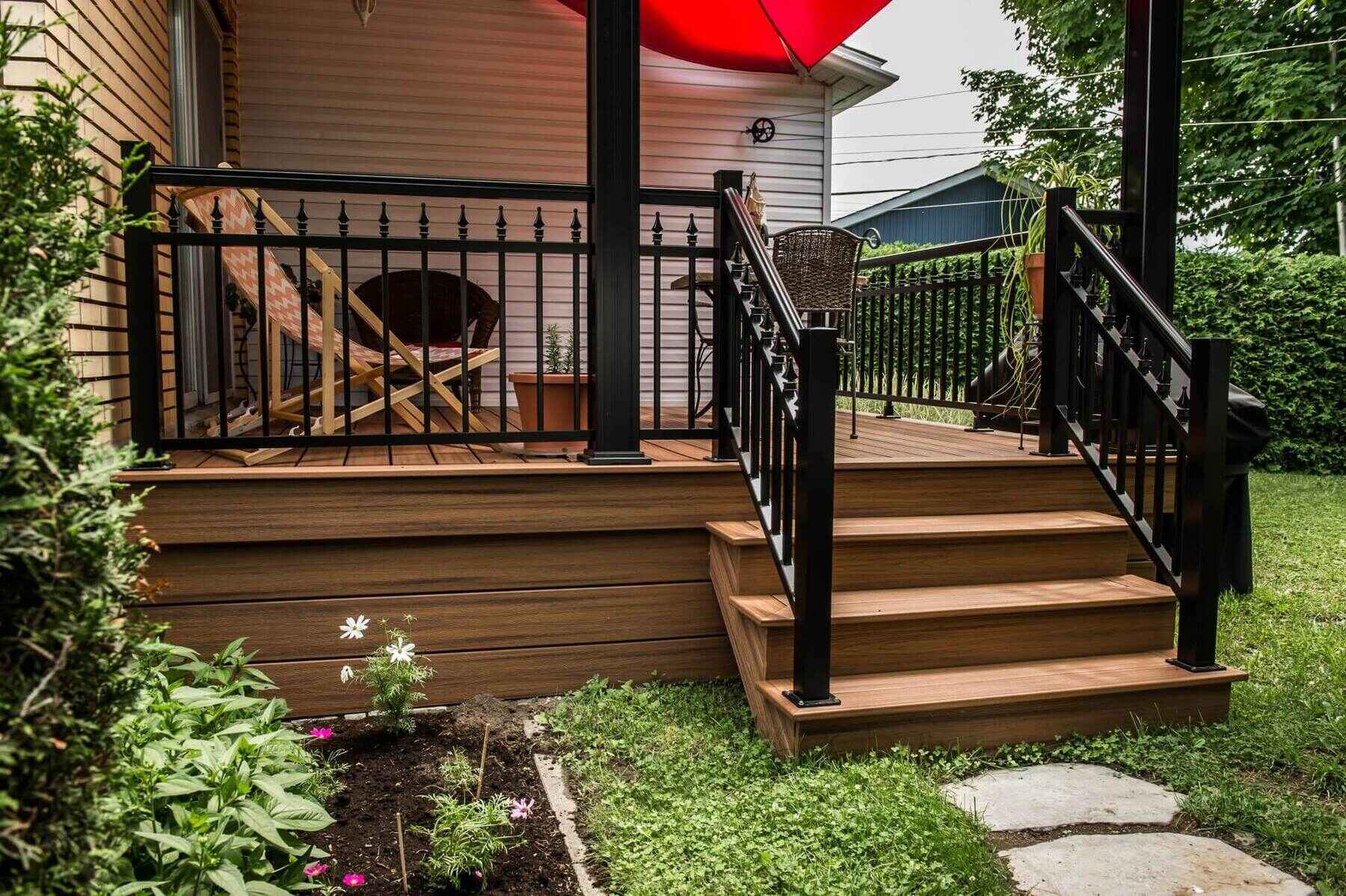

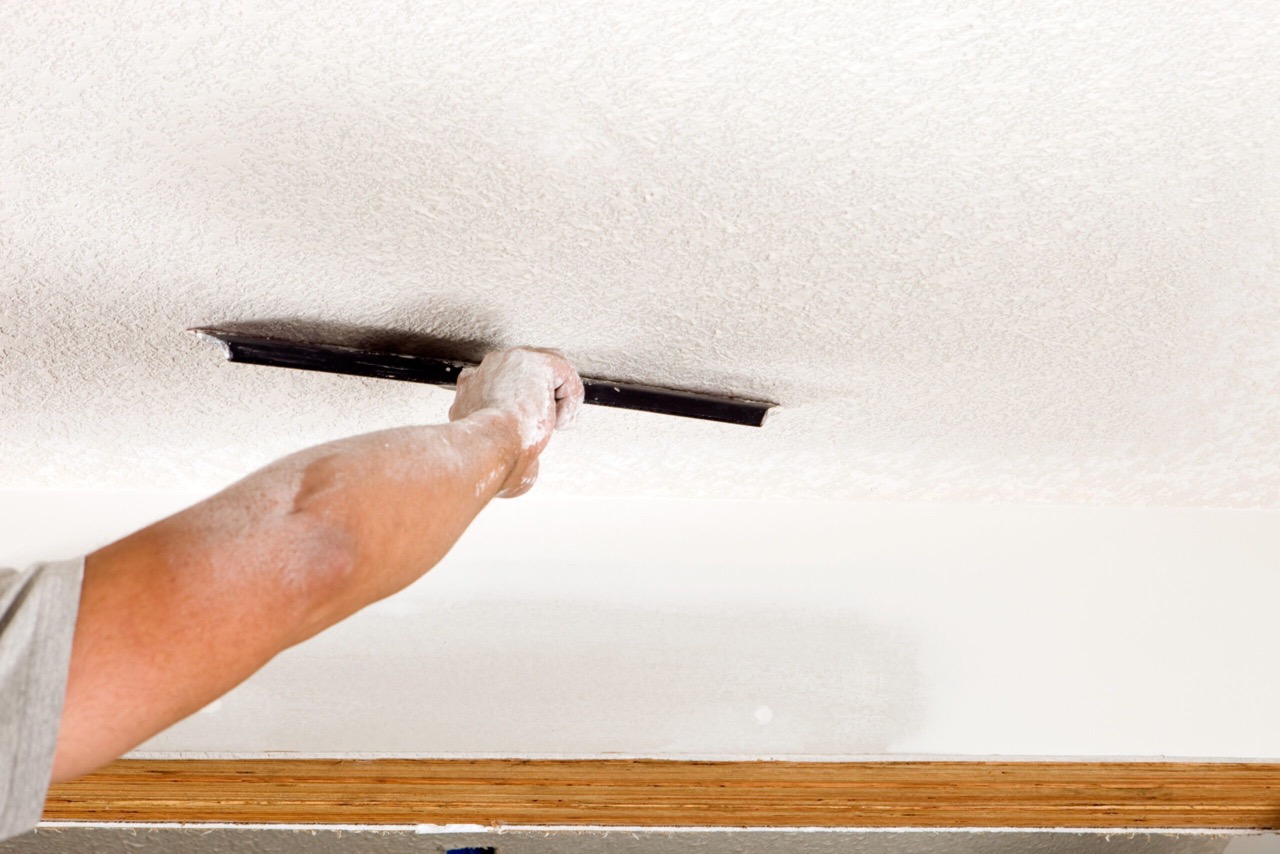
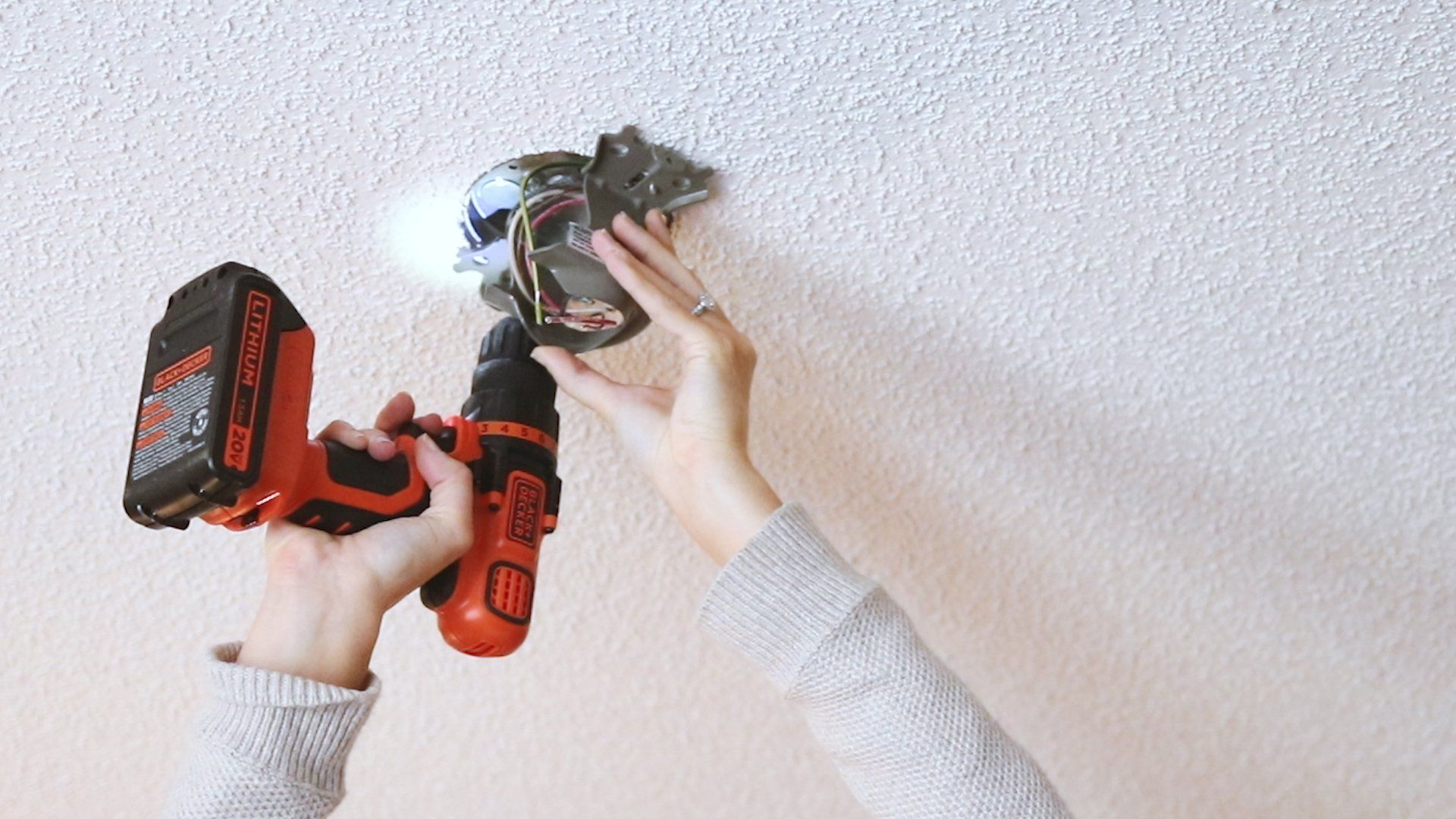
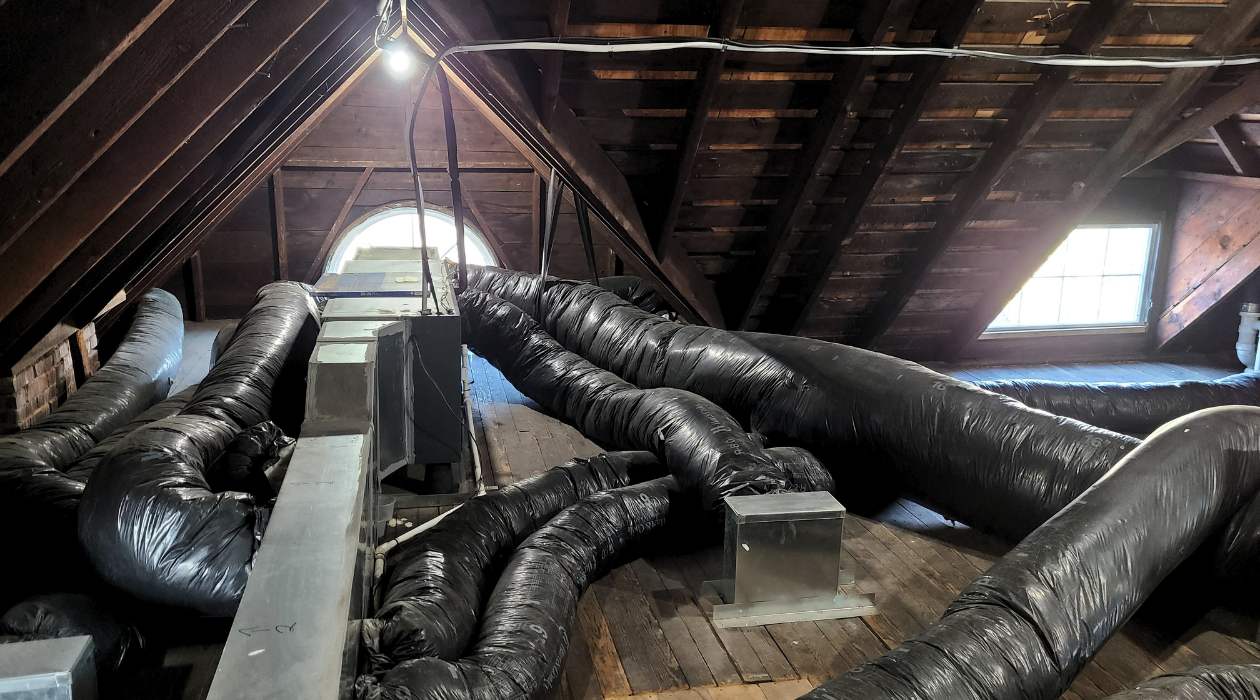



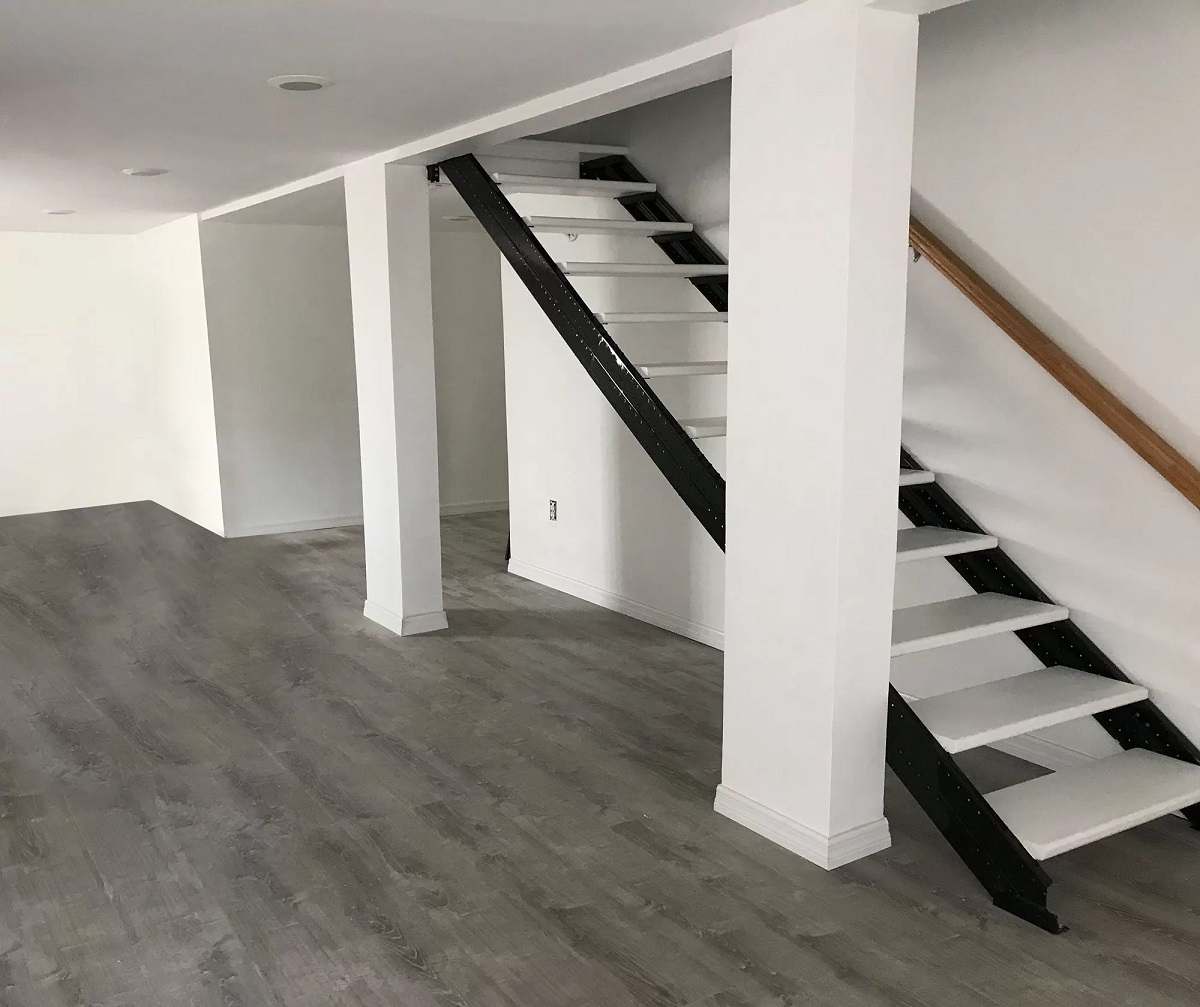
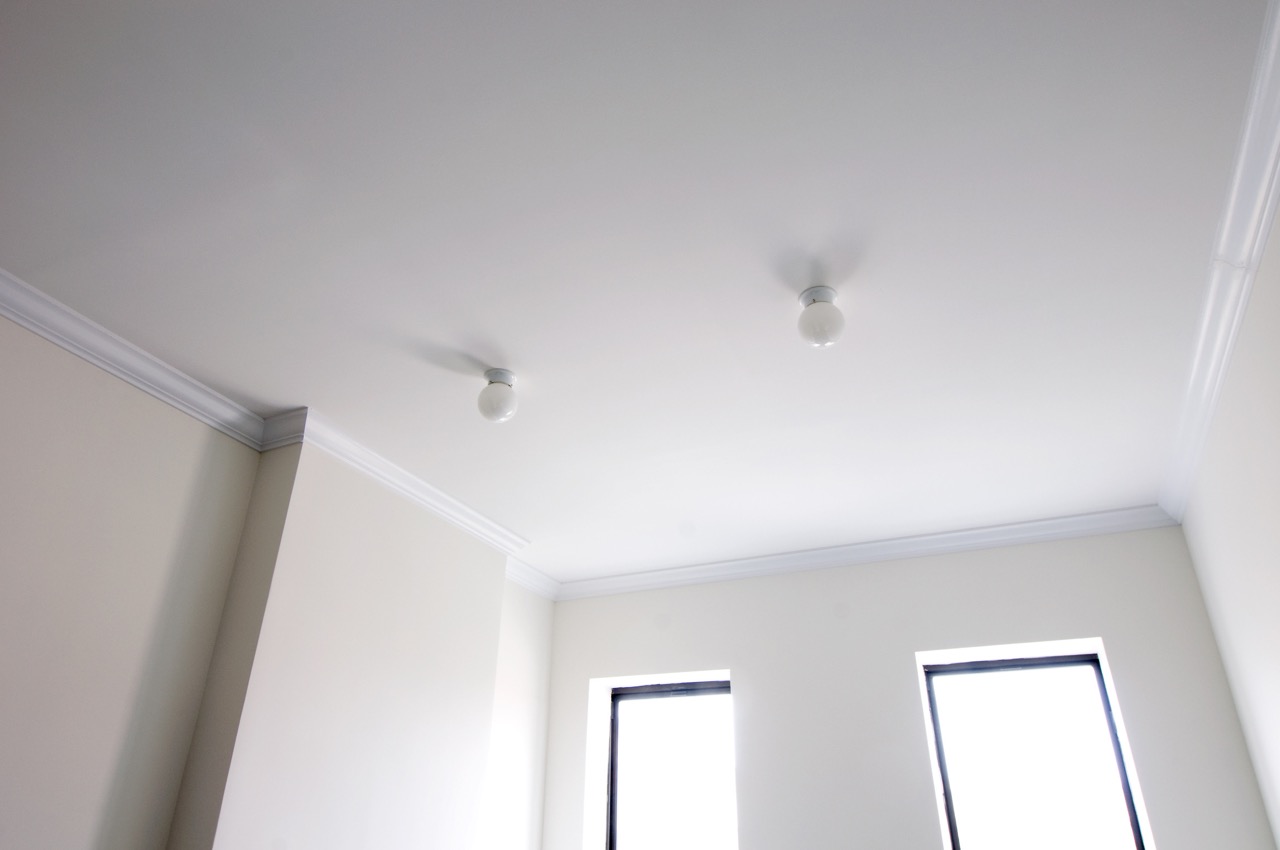
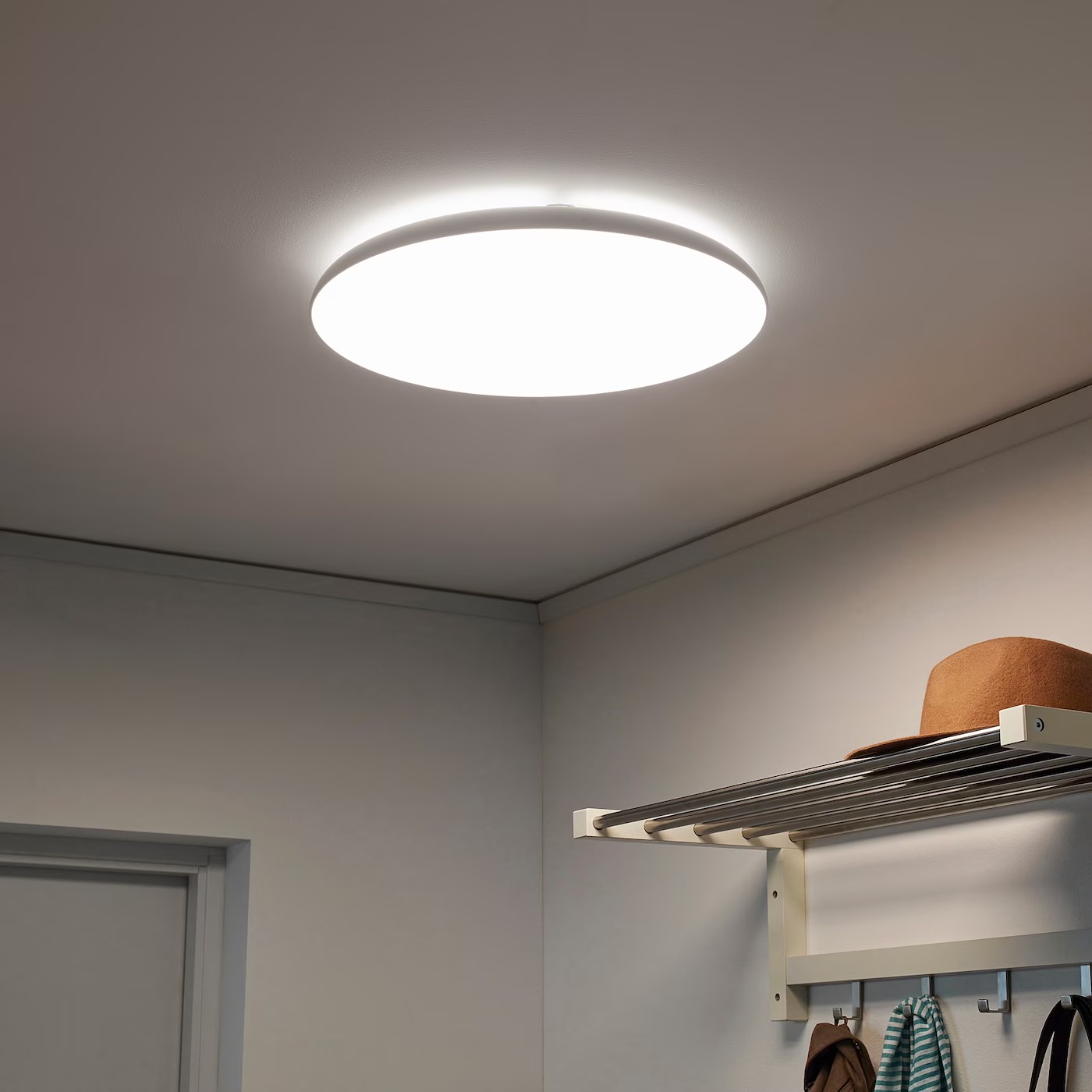



0 thoughts on “How Much Does It Cost To Replace Ceiling”